1
HOME > Grooming >
10 STEPS TO PREVENTING RAZOR BURN
HOW TO STOP IRRITATION, REDNESS AND INGROWN HAIRS WHEN SHAVING
Written by Menswear Style in Grooming on the 6th June 2016
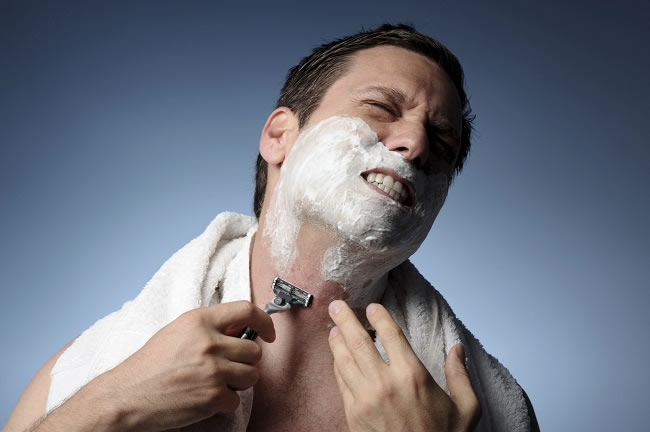
Razor burn is a common issue among men who shave and it can cause problems such as irritation, redness and ingrown hairs. Thankfully Murdock London's Spitalfields barber Sam Hickey has the expert tips to help you prevent the issue and go on to achieve a soft, clean shave.
Step 1.
Before you shave, prepare your skin with a good Facial Wash. Thorough preparation is crucial in regards to how your skin will respond to your blade. This will help get rid of any harmful bacteria on your face that could lead to clogging up pores post-shave, causing irritation or spots. If you also suffer from ingrown hairs, use Exfoliating Facial Scrub as it will help to wear away any excess layers of epidermis growing over any trapped hairs. However, if you decide to do this pre-shave, you must ensure the scrub is completely rinsed off as any remaining pumice granules can get caught in a razor and lead to more irritation.
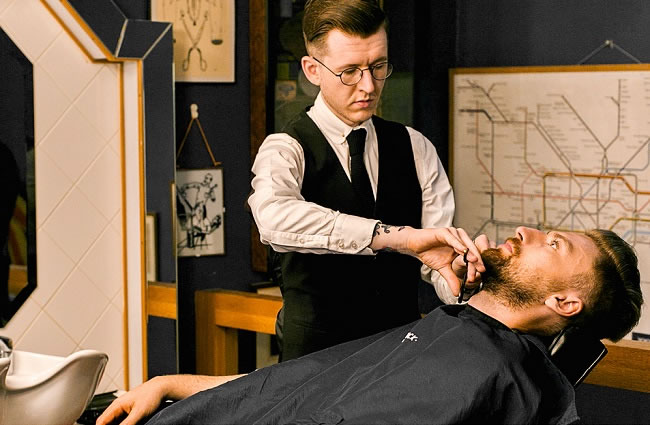
Step 2.
Ensure your facial hair is primed and suitably soft for shaving by taking advantage of the steam from a hot shower.
Step 3.
Applying Pre-Shave Oil at this point will further help soften your whiskers and aid your razor to cleanly glide over skin, reducing the chance of pulling hairs.
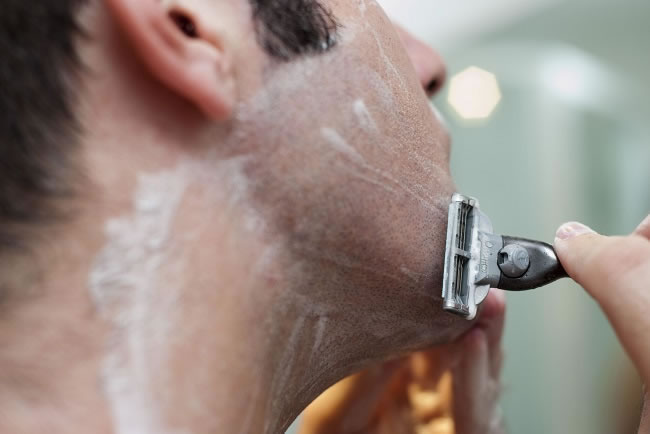
Step 4.
Using a hot towel to then steam your face will help to open pores, encouraging the oil to soak in and helping to lift hairs away from the face for a cleaner shave. Soak your flannel in half boiling, half cold water. Squeeze out and apply to your face for a few moments.
Step 5.
I find less blades attacking your face with each stroke achieve a cleaner, closer shave. So using either an Elliot Shavette or the Ernest Safety Razor will get just as close as a Mach 3, but with less irritation. If you are using a disposable blade, ensure you change it after each shave as it will dull every time you use it, meaning re-use will increase the chance of razor burn and irritation.
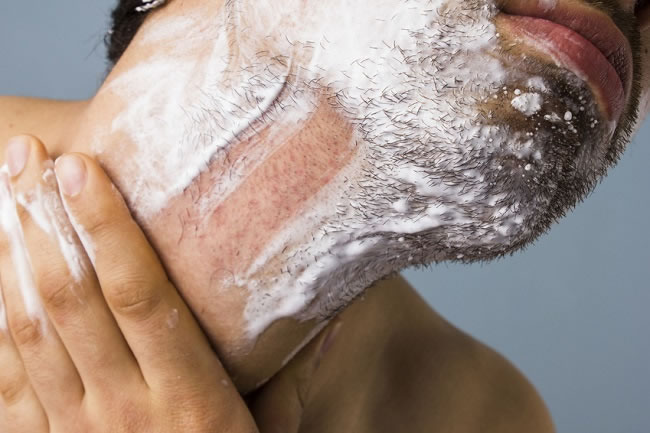
Step 6.
Use a shaving brush to create a lather of quality Shave Cream and apply to the skin using a firm circular motion. A Murdock Windsor brush is particularly good for anyone with sensitive skin or prone to irritation as the badger hairs are extremely soft. The brush will lift the hairs off your face to aid in getting a closer shave and therefore decrease the chance of razor burn. The shave cream acts as a barrier between the blade and the skin and as ours contains marshmallow and green tea extracts, it creates a fluffy lather which will help to keep the skin supple and hydrated throughout the shave.
Step 7.
One of the most important steps to reducing razor burn and ingrown hairs is making sure you shave with the grain of hair growth. Shaving this way ensures that you don't pull the hairs out of the follicle in the wrong direction leaving a damaged area.
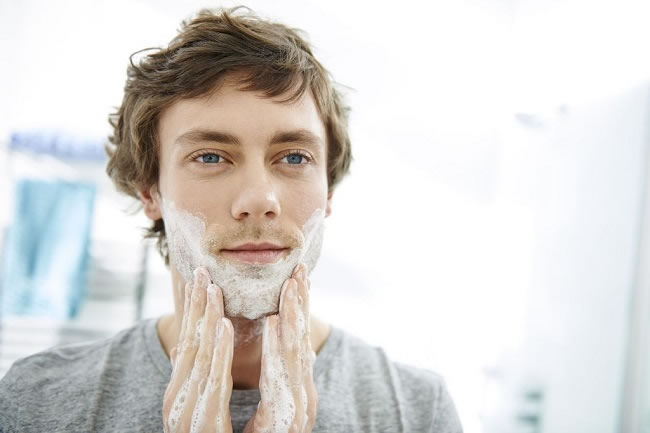
Step 8.
Also, ensuring you apply a lot of tension on the skin to create a taut surface to shave on reduces the chance of the razor bumping along the skin and causing razor burn this way. So pull your skin taut with your free hand while you shave with the grain using your other. Don’t use too much pressure too hastily. Allow the weight of your razor to influence lighter strokes.
Step 9.
Finish your shave with a splash of cold water or ideally apply a cool flannel as this helps to close pores. The final, essential step is to apply Post-Shave Balm. Ours contains chamomile and calendula - two natural skin foods that reduce irritation and sensitivity. Combine this with a hydrating Facial Moisturiser. Ours is rich in essential vitamins and minerals to keep the skin hydrated. You'll find the skin a lot less sore and irritable after your shave.
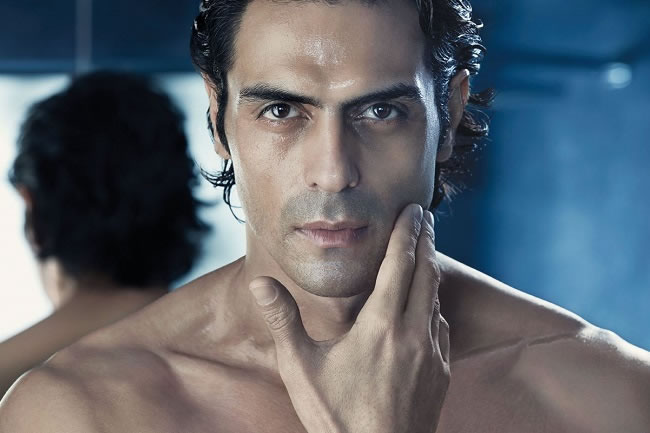
Step 10.
Looking after your shaving tools will go a long way in preserving their effectiveness keeping your skin in great condition. Ensure that your razor is towel-dried and stored in a dry environment after use and leave your brush to hang upside down in a stand so that any excess water can be completely freed after use. This will keep the hair in much greater condition than if you were to leave it upright and will improve its longevity.
Trending
2
3
4
5
6
7
8
9
10









